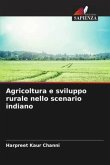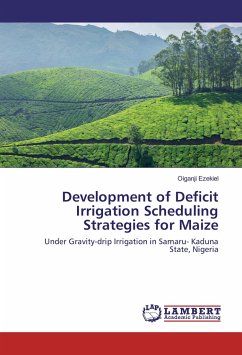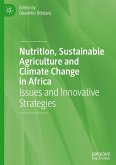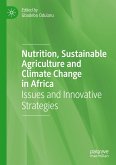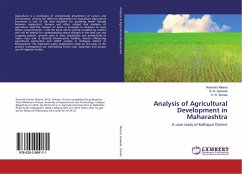India has the second largest population in the world and is characterized by a broad diversity in climate, topography, flora, fauna, land use, and socioeconomic conditions. To help ensure food security in the future, agricultural systems will have to respond to global change drivers such as population growth, changing dietary habits, and climate change. However, alterations of how food is produced in the future may conflict with other UN Sustainable Development Goals (SDGs), such as the protection of land resources and climate change mitigation. It is crucial for decision-makers to understand potential trade-offs between these goals to find a balance of human needs and environmental impacts. In this paper, we analyze pathways of agricultural productivity, land use, and land-cover changes in India until 2030 and their impacts on terrestrial biodiversity and carbon storage. The results show that in order to meet future food production demands, agricultural lands are likely to expand, and existing farmlands need to be intensified. However, both processes will result in biodiversity losses.


